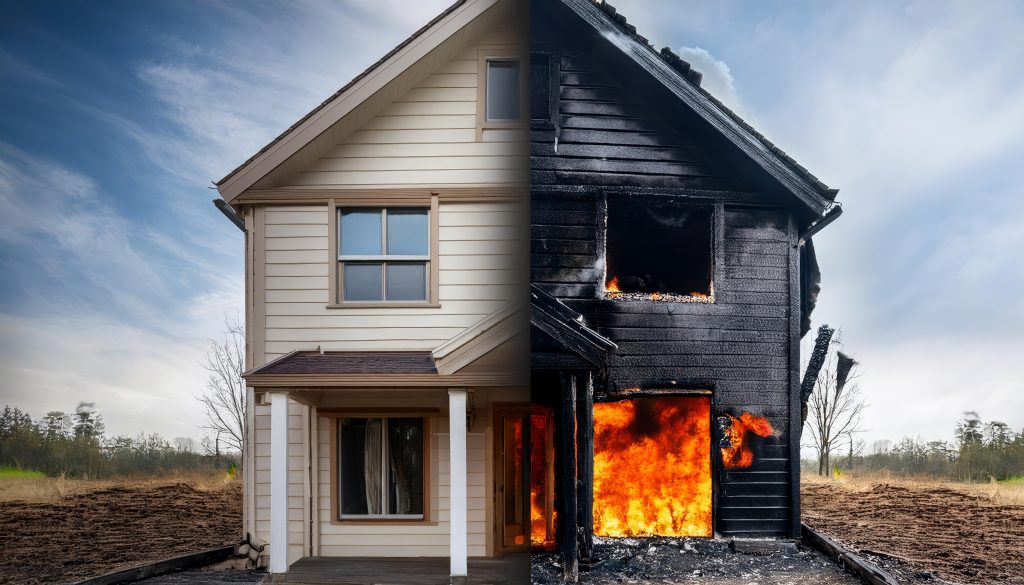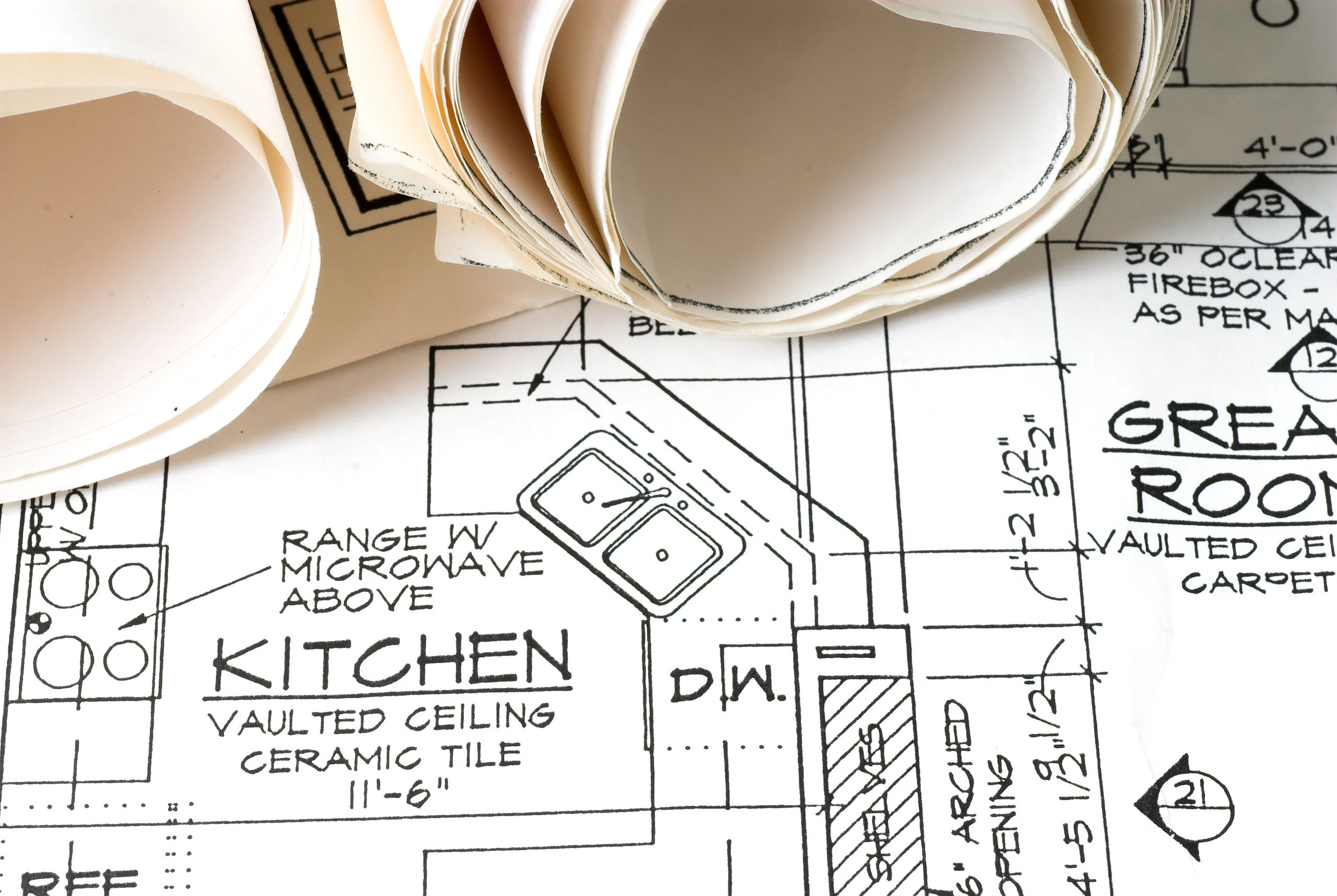SO, YOU'VE DECIDED IT'S TIME TO REMODEL OR ADD ON...
When you’re staring at a stack of contractor proposals, it’s tempting to gravitate toward the lowest number. After all, a remodel or addition is already a major investment—why pay more than you have to? Unfortunately, the cheapest bid often hides the most expensive outcome. Here’s why “low-ball” pricing can balloon into budget-busting costs.
SCOPE GAP TURNS INTO CHANGE ORDERS.
Low bids often exclude essential tasks to keep the headline number attractive. Missing demo work, permit fees, debris removal, or finish carpentry might not surface until construction is underway. At that point, you’re captive to proprietary pricing and schedule delays. Every change order carries a markup on labor and materials, erasing the “savings” you thought you gained on day one.
UNREALISTIC ALLOWANCES
A suspiciously low bid may plug in allowances that don’t reflect market prices—$3 sq ft for tile that actually runs $8–$12, or a “builder grade” fixture budget that covers plastic when you’re expecting brass. Once selections are made, you’re on the hook for the difference.
CHEAPER MATERIALS = SHORTER LIFESPAN
Cut-rate contractors keep profit margins alive by using off-brand products, graded-out lumber, or thinner gauge hardware. These components can look fine on move-in day but fail prematurely—leading to callbacks, repairs, and replacement costs that dwarf the initial price gap.

UNDER QUALIFIED LABOR DRIVES REWORK
EA bid can only stay rock-bottom if labor is underpaid or under-skilled. Crews rushing between multiple jobs—or subcontractors hired solely on price—are more likely to make mistakes. Re-doing sloppy drywall seams or plumbing that wasn’t pitched correctly eats time, materials, and your patience.
LEAN SCHEDULES INVITE COSTLY DELAYS
A contractor banking on volume may overload the calendar. When inevitable hiccups arise—weather, back-ordered materials—your project slips, pushing back subsequent trades and inflating holding costs (think rent, storage fees, or lost Airbnb income).

INSUFFICIENT INSURANCE LEAVES YOU LIABLE
Low-fee operators sometimes carry only minimal liability coverage (or none at all). If a worker is injured on your property or a structural error surfaces years later, you could face lawsuits or expensive remediation that a properly insured contractor’s policy would have covered.
INSUFFICIENT WARRANTY COVERAGE
Fly-by-night outfits can evaporate as quickly as they appeared, leaving you without recourse for defects. A reputable contractor budgets for post-project service calls and honors warranties long after ribbon-cutting.
TRUE COST VS. BOTTOM LINE: A CASE STUDY
A homeowner accepted a basement remodel bid that was $18,000 lower than the next competitor. Missing permit fees, underpriced flooring allowances, and a surprise “moisture mitigation” up-charge soon added $21,500. Add two months of project creep and temporary housing costs, and the bargain choice ultimately cost $9,000 more than the higher bid—plus weeks of stress.
THE BOTTOM LINE ________________
The lowest bid rarely reflects the true cost of a quality remodel. Transparent proposals, proven craftsmanship, and solid warranties carry a fair—but realistic—price tag. By vetting bids on completeness and credibility—not just dollars—you protect your budget, timeline, and peace of mind.


